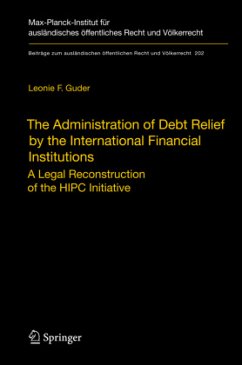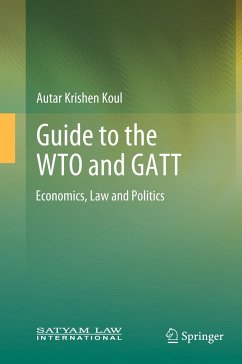
The Administration of Debt Relief by the International Financial Institutions
A Legal Reconstruction of the HIPC Initiative
Versandkostenfrei!
Versandfertig in 6-10 Tagen
38,99 €
inkl. MwSt.
Weitere Ausgaben:

PAYBACK Punkte
19 °P sammeln!
This study addresses the mechanisms of debt relief for Heavily Indebted Poor Countries (HIPC) jointly coordinated by the International Monetary Fund and the World Bank. It describes the content of the HIPC program and classifies it as a legally non-binding instrument under public international law. A case study on Ghana illustrates the HIPC relief process, sheds light on its implementation practice and provides insight into the collaboration between HIPC creditors and debtors. The study explains the process of creditor coordination and the ways in which IMF and World Bank succeeded to establish a sovereign state insolvency mechanism for their highly indebted member states.













